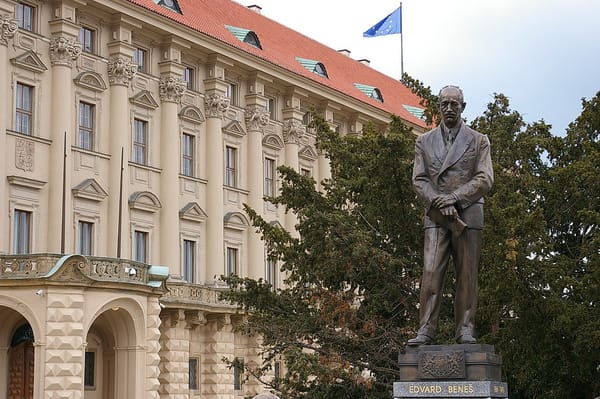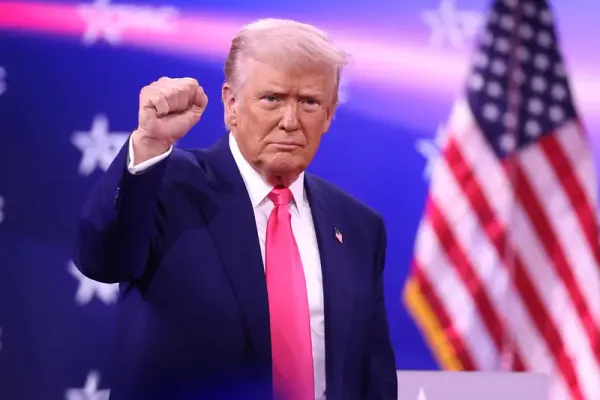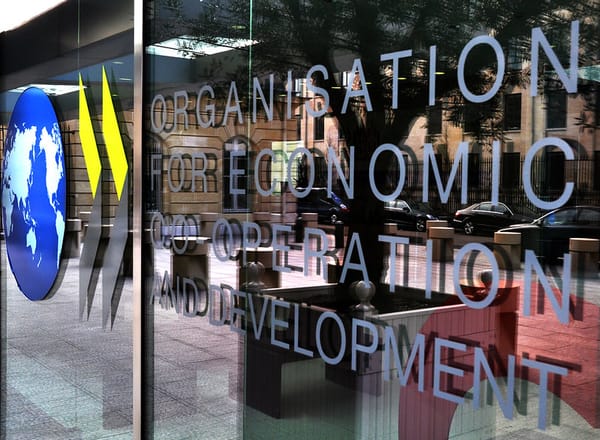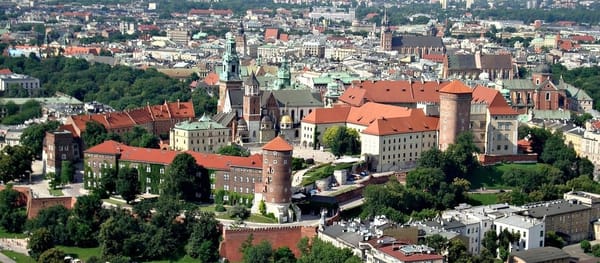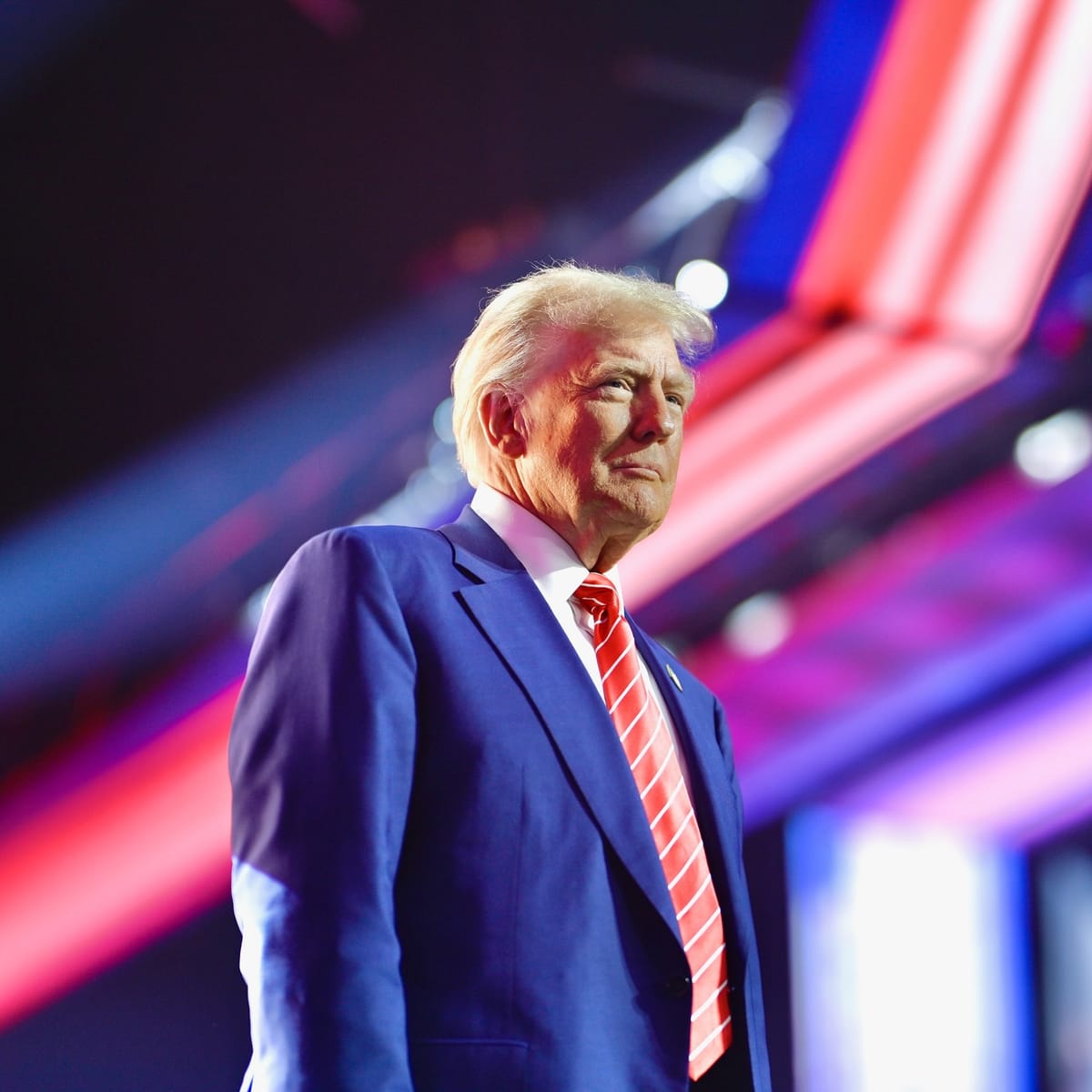
What Trump presidency means for CEE
US President Donald Trump’s inauguration ceremony on Monday, 20 January, broke with tradition and extended invitations to political leaders. However, footage of former Poland prime minister Mateusz Morawiecki attempting to cross a barricade into the ceremony site by showing US National Guard members his Wikipedia page, which went viral on Monday, may prove a portent.
Trump is unpredictable, but he has been consistent in his stated desire to revive the US carmaking industry, and his proposed economic agenda of radical tax cuts, tariffs and mercantilism is certain to pose challenges for Central and Eastern Europe (CEE).
These policies directly target major economic powerhouses such as China and Germany, but are likely to have profound ripple effects on CEE, which is deeply integrated into European supply chains and reliant on foreign direct investment (FDI). Moreover, during his first term in office, he threatened to levy 20% import tariffs on German automakers.
At the inauguration, Trump said: “We will be a rich nation again, and it is the liquid gold under our feet that will help us achieve it. With my actions today, we will end the Green New Deal and revoke the electric vehicle mandate, saving our auto industry and keeping my sacred pledge to our great American auto workers.
“In other words, you’ll be able to buy the car of your choice. We will build automobiles in America again at a rate no one could have imagined just a few years ago. Thank you to the auto workers of our nation for your inspiring vote of confidence—we performed tremendously with their support.
“I will immediately begin overhauling our trade system to protect American workers and families. Instead of taxing our citizens to enrich other countries, we will impose tariffs and taxes on foreign nations to enrich our own citizens,” Trump added.
CEE leaders vie for Trump ties
Although the extent of the coming tariff hikes on European cars is unknown, uncertainty is in itself damaging. Think tank Oxford Economics said CEE economies are particularly vulnerable to Trump’s policies due to their export-heavy manufacturing sectors and reliance on sovereign currencies. It predicted that the automotive sector would bear the brunt of potential tariffs, noting that “tariffs hitting German producers will also impact CEE”.
Oxford Economics added that: “CEE currencies have depreciated since the election, and we expect them to remain weaker relative to pre-election forecasts.” The firm also warned that Trump’s “America First” stance could spell trouble for the region and “deal a severe blow to headline growth and trade flows, with CEE economies among the worst hit”.
However, some see opportunities in Trump’s transactional and often personal approach to political alliances. Polish President Andrzej Duda reportedly has a good rapport with Trump, who has also lauded Hungarian Prime Minister Viktor Orban as a “great leader”.
Slovak Prime Minister Robert Fico, who shares Trump’s scepticism on Ukraine, is also positioning himself as an ally, with reports that Trump might visit Slovakia in February. For now, CEE is waiting to see how these dynamics unfold.
CEE in cross hairs of trade war
On the campaign trail in October, Trump told a supporters rally “I want German car companies to become American car companies,” and promised that any foreign automaker that increases production in the US will receive low taxes, energy costs and red tape.
Such protectionist trade policies and volatile approach to transatlantic relations will likely impact CEE economies, already vulnerable due to their being tightly interwoven with Germany’s industrial base.
Although the US can only impose measures against the EU as a whole, “you can be pretty sure that the tariffs that he might want to impose will be targeted in such a way that they will hit the German economy in particular,” German Economy Minister Robert Habeck said on Saturday, 18 January.
The German Economic Institute estimates that such trade wars could lower Germany’s GDP by 1.4% by 2028, translating into economic shocks for CEE economies that depend on German industrial performance.
The auto industry has integrated supply chains across the Visegrad Four (V4) countries, Poland, Hungary, Czechia and Slovakia, and Trump’s likely reintroduction of tariffs on European goods entering the US will reignite transatlantic trade tensions. The V4 countries serve as manufacturing hubs for German exports and are heavily integrated into supply chains for its automotive and machinery sectors. Disruptions in US-German trade flows would hit growth in economies already contending with inflation and stagnating productivity.
Trade tensions with the US could result in GDP growth declines of up to 1% for Romania and Czechia, and 0.8% for Poland and Hungary, as modelled in a “worst-case scenario” by Erste Group Research. For CEE, which is already grappling with the fallout of the Ukraine war and shifting global supply chains, strained US-German relations could erode investor confidence, threatening jobs and investment in the region. Any realignment of US trade policies targeting Germany could disrupt the tightly interwoven economies of CEE, amplifying the need to rethink economic strategies.
Green transition in peril
Another joker in the pack is Trump’s scepticism toward green energy policies and its potential knock-on effect for the electric vehicle (EV) transition. Germany’s ambitious plans for EV production and related supply chains could slow if US policies sideline global collaboration on clean energy. For CEE, which has already begun to adapt its industrial base to EV components, such a regression would hamper long-term goals.
On Monday Trump revoked a non-binding 2021 executive order signed by his predecessor Joe Biden that sought to ensure half of all new vehicles sold in the US by 2030 were electric. Biden’s 50% target. In an executive order, Trump halted the distribution of unspent government funds for vehicle charging stations from a USD 5bn fund and called for ending a waiver for states to adopt zero-emission vehicle rules by 2035. He also said his administration will consider ending EV tax credits.
As CEE has been adapting its industrial base to meet the demand for EV components, any setback in global EV adoption will hinder these economies’ modernisation efforts. Slovakia and Hungary, whose exports to the US are dominated by vehicles and automotive parts, will face compounded risks. Both countries are also very exposed to German economic health, with up to 30% of their exports directed to Germany.
The energy sector is another flashpoint. Trump’s push for expanded oil and gas production aligns poorly with Europe’s climate goals and could adversely affect CEE. Countries like Poland, still reliant on coal, are navigating a fraught transition to greener energy sources while balancing energy security concerns. A return to aggressive fossil fuel extraction in the US could delay Europe’s energy transition and entrench reliance on fossil fuel imports – a risk heightened by its historical dependence on Russian energy supplies.
These pressures are compounded by the geopolitical vulnerabilities of CEE countries, increasingly caught between competing US and EU agendas. Trump’s unilateral approach to renegotiating trade agreements and undermining global institutions like the WTO risks further isolating smaller, export-reliant economies in the region.
CEE may need to diversify
CEE economies are closely tied to EU funding, much of which is underpinned by German economic strength. A Trump presidency could strain US-EU relations, leaving CEE countries more exposed to external shocks and instability. The second Trump presidency could disrupt CEE, increasing the need to diversify economic dependencies and becomes ever more urgent.
Trump’s transactional approach to foreign policy could erode trust in NATO and weaken security guarantees for CEE, where countries heavily rely on the US for defence support. In the face of Russia’s continued assertiveness. A weakened NATO would also undermine investor confidence, potentially affecting foreign direct investment for automotive plants in CEE.
Another concern is the intensification of global tax competition. Trump’s first term saw a cut in the US corporate tax rate from 35% to 21%, with further reductions floated for this term. For CEE nations, which already offer some of Europe’s lowest corporate tax rates to attract FDI, this shift could trigger a damaging “race to the bottom”.
Hungary and Bulgaria, with respective rates as low as 9% and 10%, could find their tax bases further eroded, leaving them struggling to fund public services or the green energy transition.
As Trump’s policies reshape global economic relations, CEE’s resilience will depend on its ability to adapt to these shifts, balancing external pressures with its domestic imperatives.
Trump’s trade expert critiques Germany
After an administration from 2016-20, characterised by a high turnover of staff, political observers and politicians alike are trying to anticipate what Trump’s second term could bring. Predictions are speculative, due to the revolving door of his earlier administration. For now, Robert Lighthizer, a lawyer who was the US trade representative from 2017-21, has Trump’s ear.
In his book “No Trade Is Free”, Lighthizer devotes a whole section to the “mercantilist industrial policy” of Germany, in which he notes that Europe’s biggest economy’s goods surplus with the US was about USD 70bn. “This is the biggest piece of the overall problem,” Lighthizer wrote.
Lighthizer’s comments also highlight concerns that Germany’s export-oriented model represents a bad deal for the US, and his critique of the country’s close economic ties with China and Russia, particularly during former German chancellor Angela Merkel’s tenure, underscores the geopolitical vulnerabilities created by such dependencies. “There is also a growing awareness that German as well as American industry is being hollowed out by Chinese industrial policy. Germany’s automobile and auto parts manufacturers are under stress from Chinese imports,”he wrote.
Trusted advisor takes aim at trade surplus
Acknowledging Germany’s “world-class manufacturing sector” and leadership in auto, machinery and pharmaceuticals, with an industrial policy that “has always encouraged exports and generally discouraged domestic consumption”.
“The biggest reason, however, for the German trade dominance since 1999 is the euro. Thanks to the European common currency, according to No Trade Is Free, “Germany can continue to run surpluses with the United States and much of the rest of the world while maintaining a relatively undervalued currency that boosts its export industry.”
No Trade is Free also quotes Former Federal Reserve chairman Ben Bernanke’s comment that the IMF in 2014 estimated Germany’s inflation-adjusted exchange rate was undervalued by 5-15%. Germany’s economic dominance now represents a problem for CEE countries: exposing them to global trade shifts.
Regional policymakers must now weigh the benefits of maintaining close ties to Germany against the risks posed by potential Trump-driven disruptions.
“We believe the financial impact of the tariff alone will be manageable for most automakers, but the tariffs add to what is an already challenging market environment for 2025,” S&P Global Ratings auto director Lukas Paul said.

